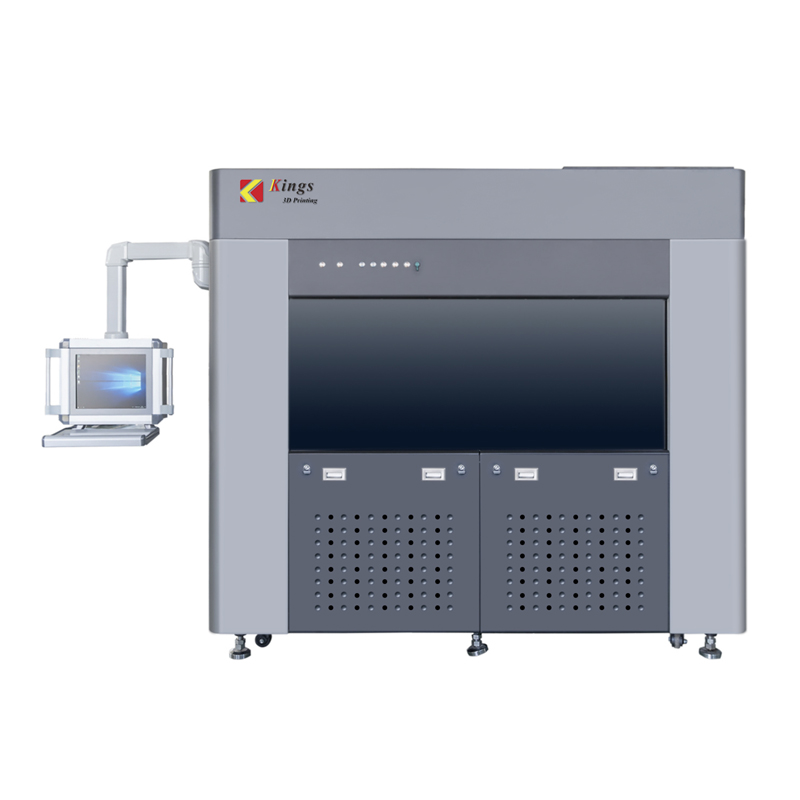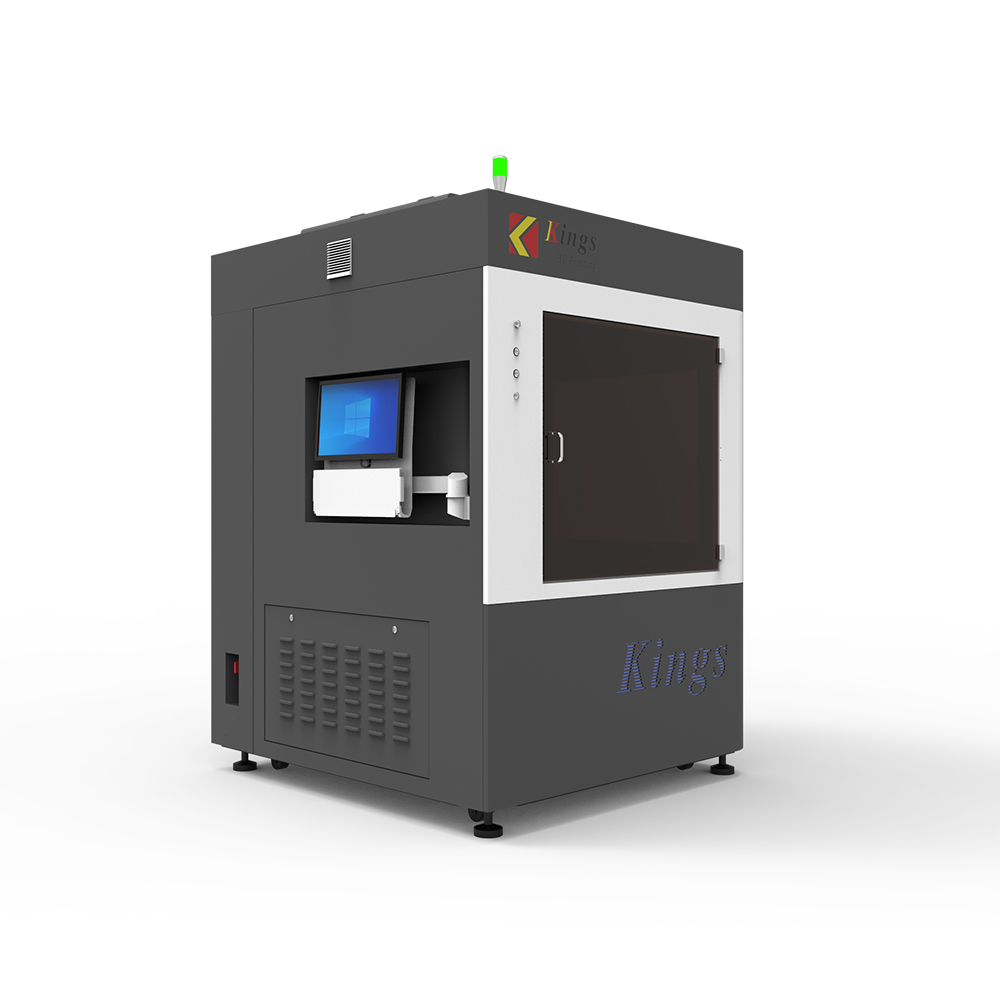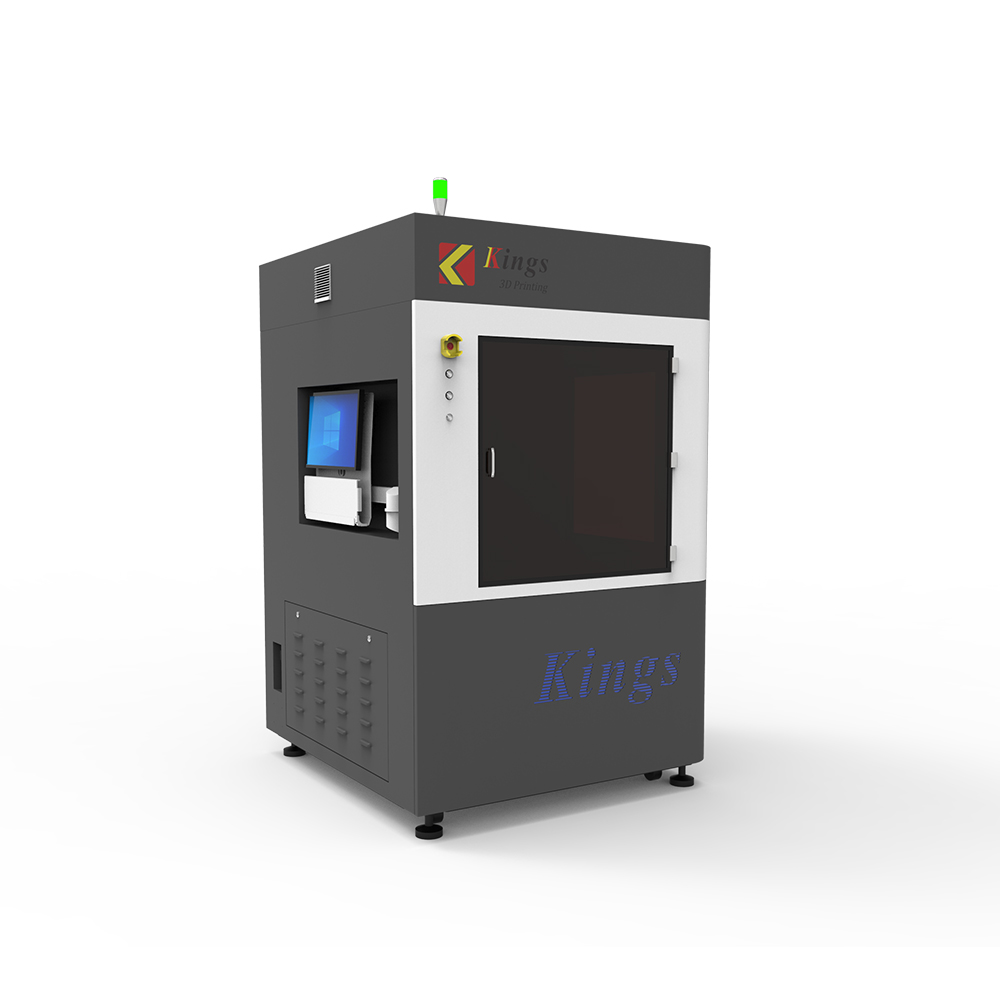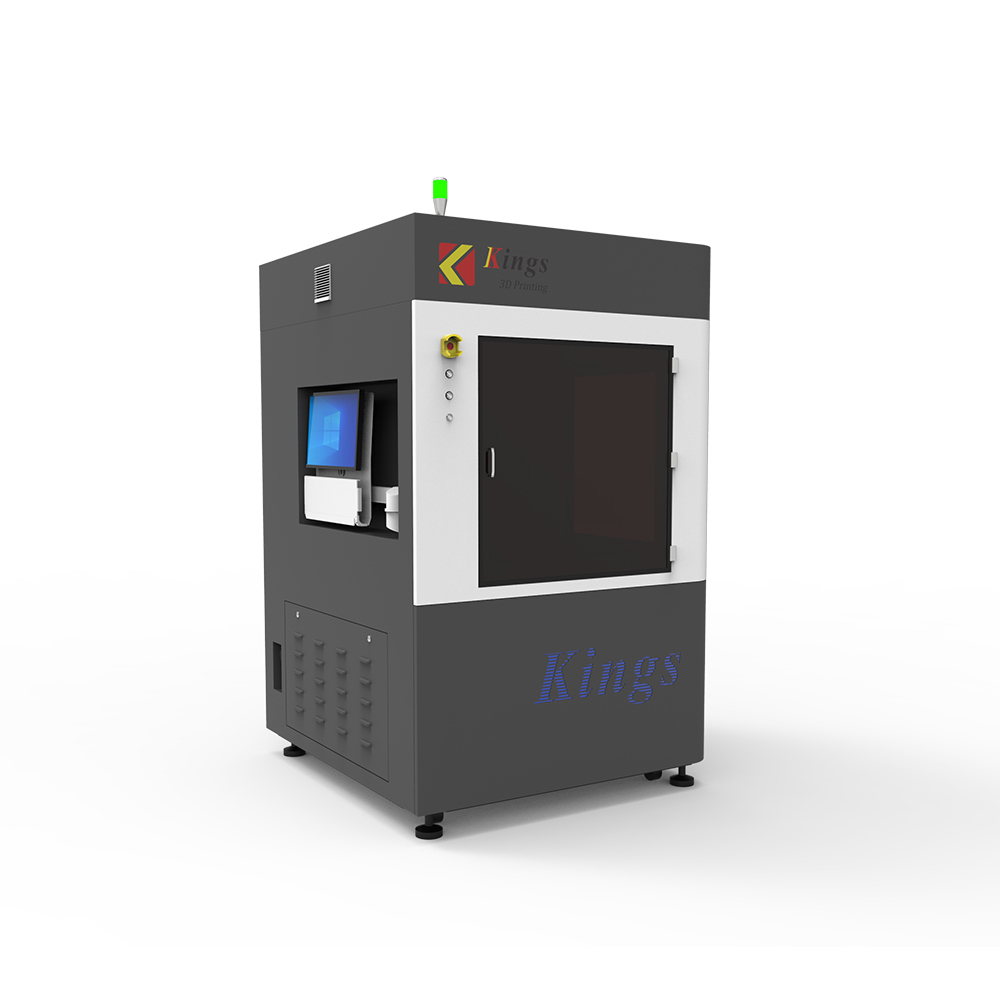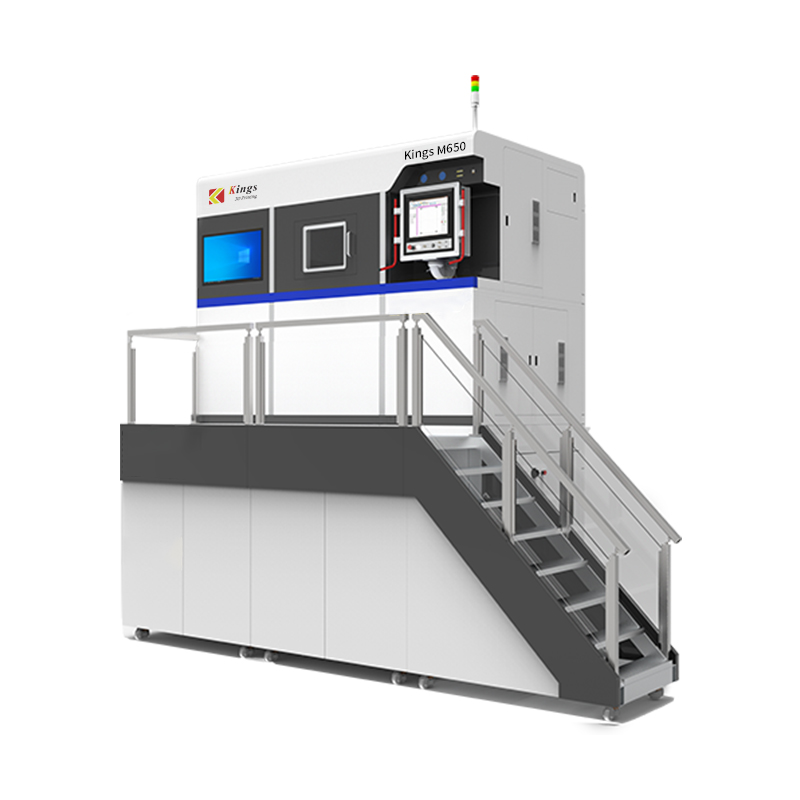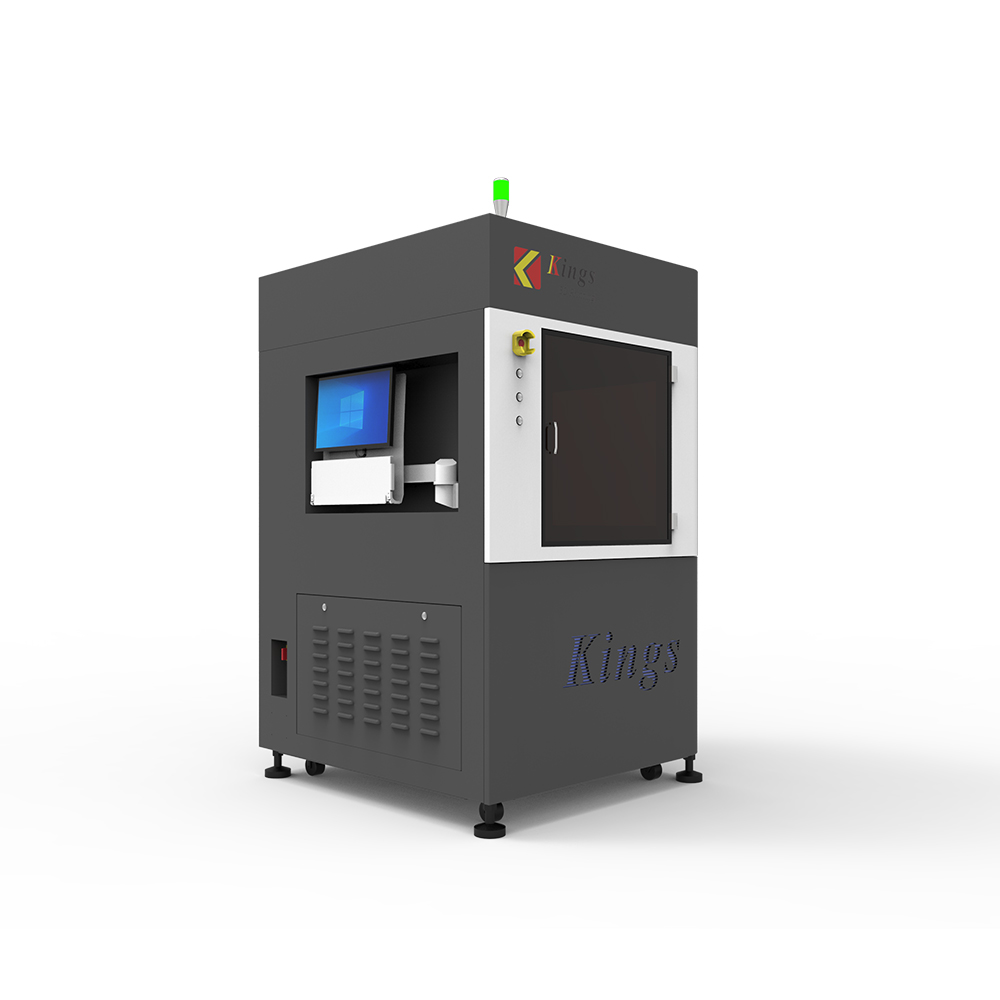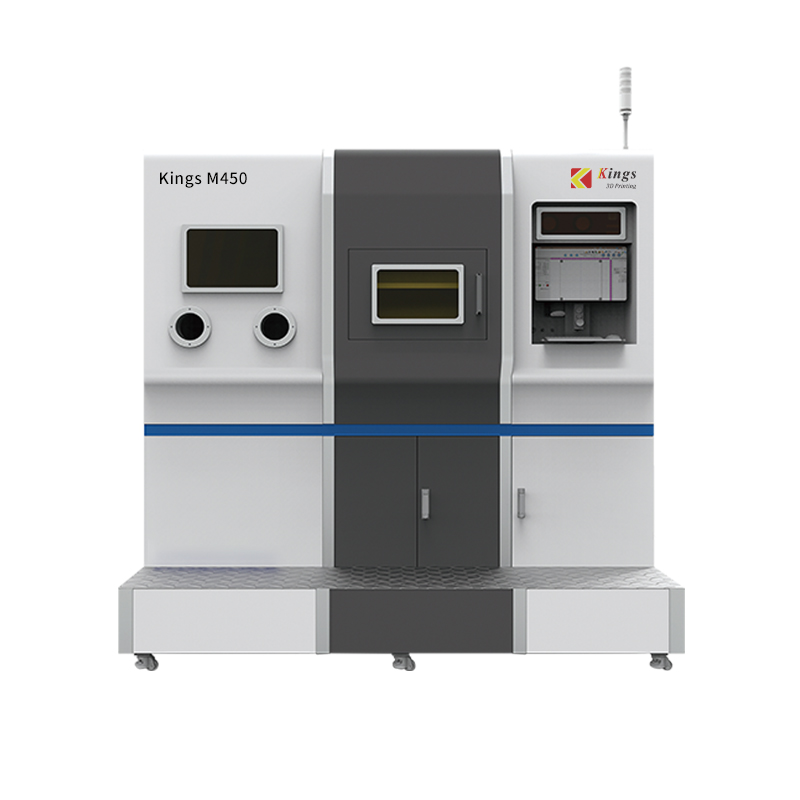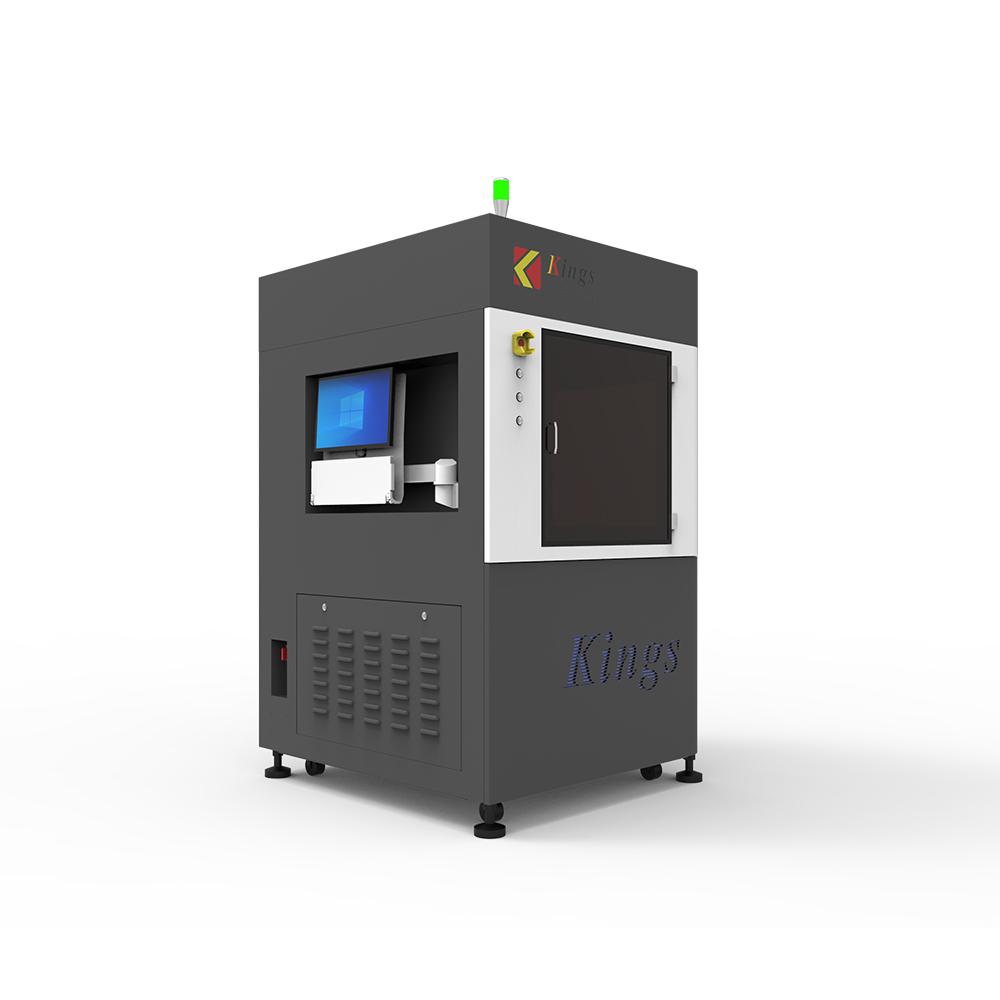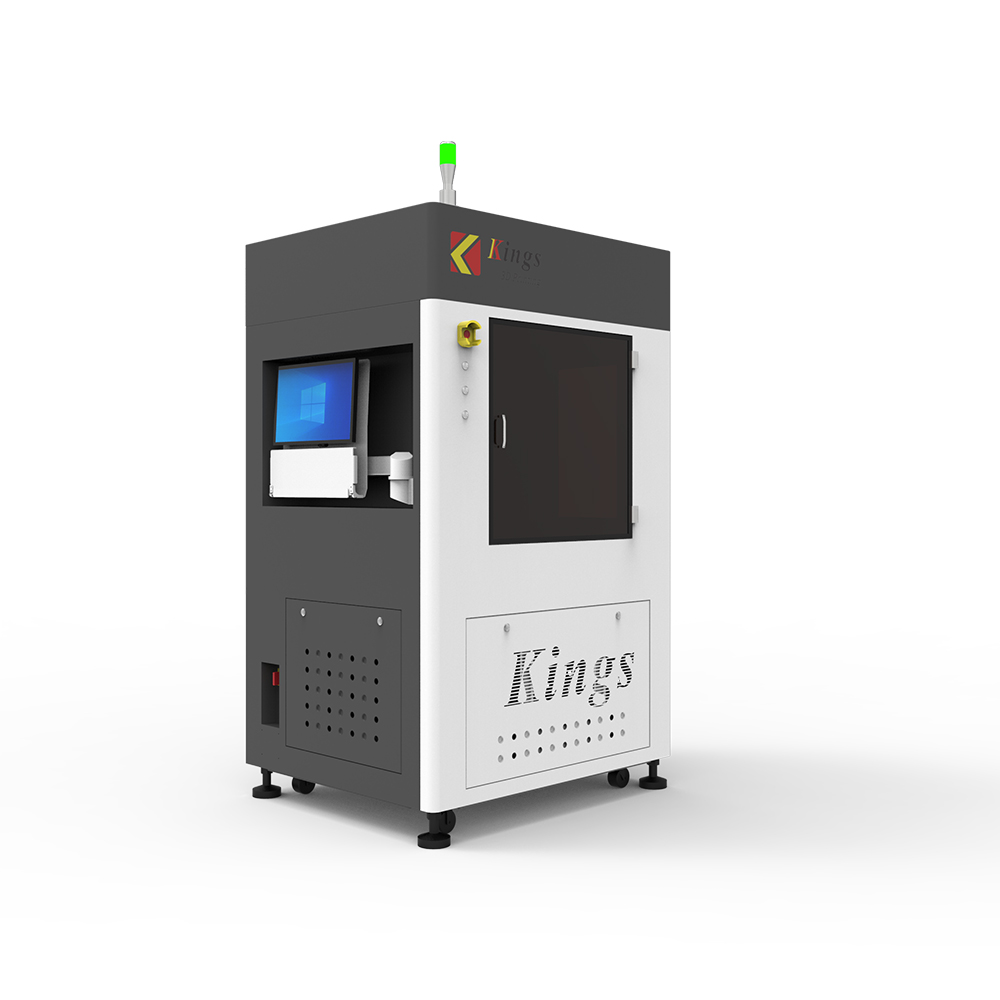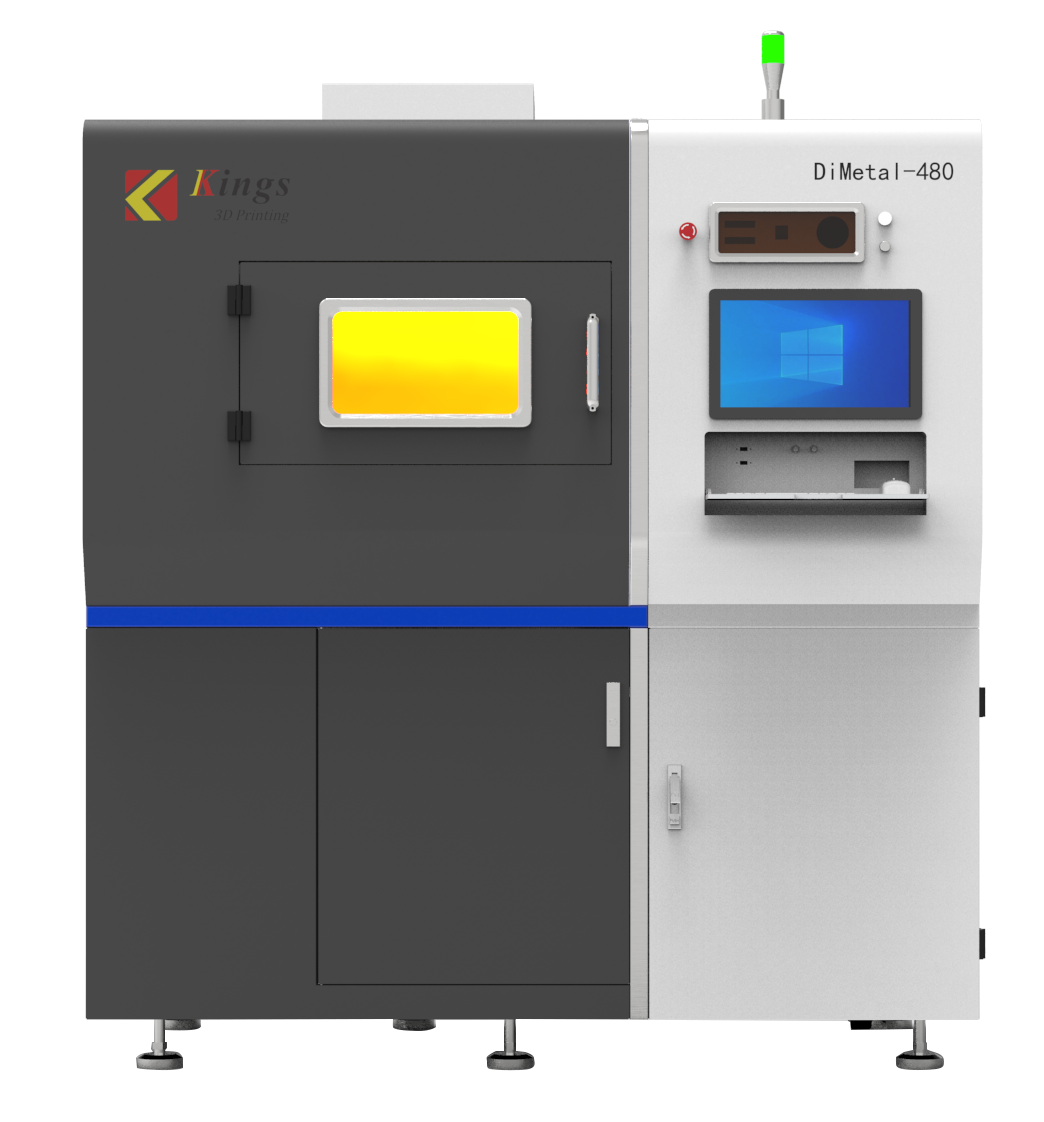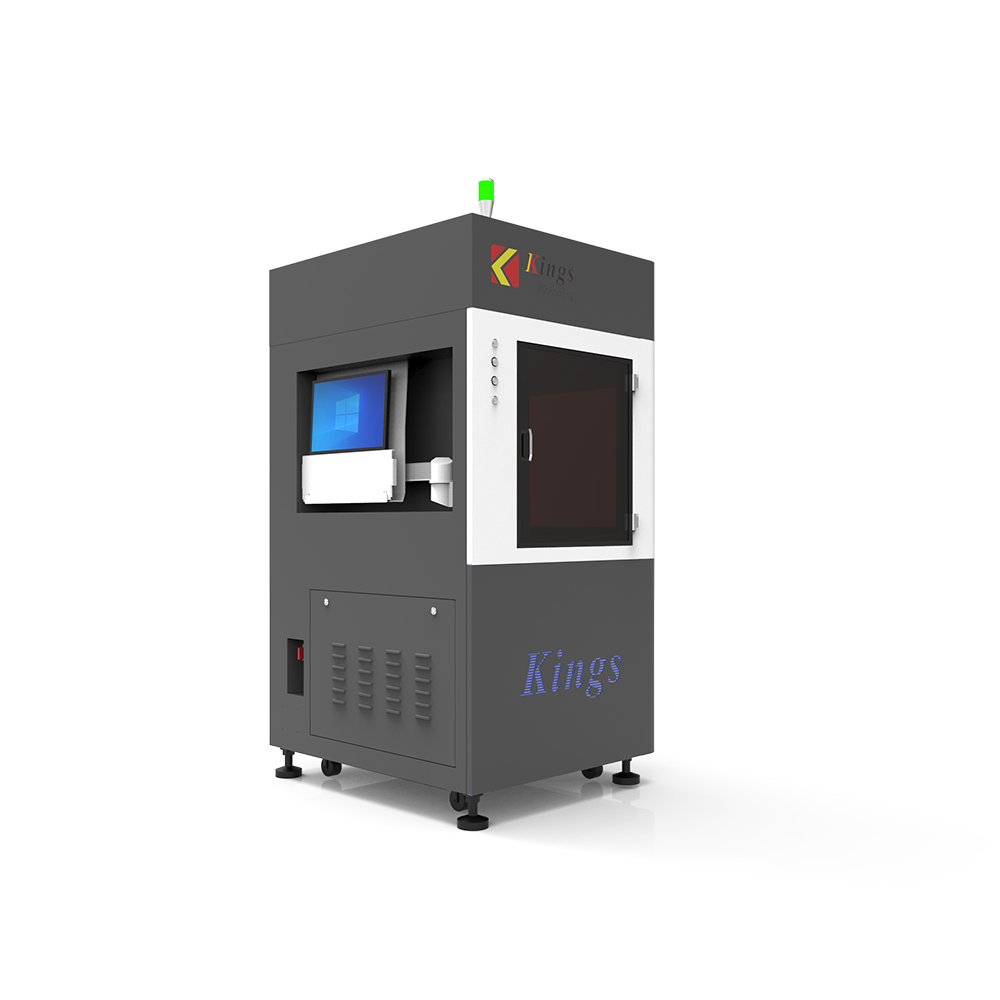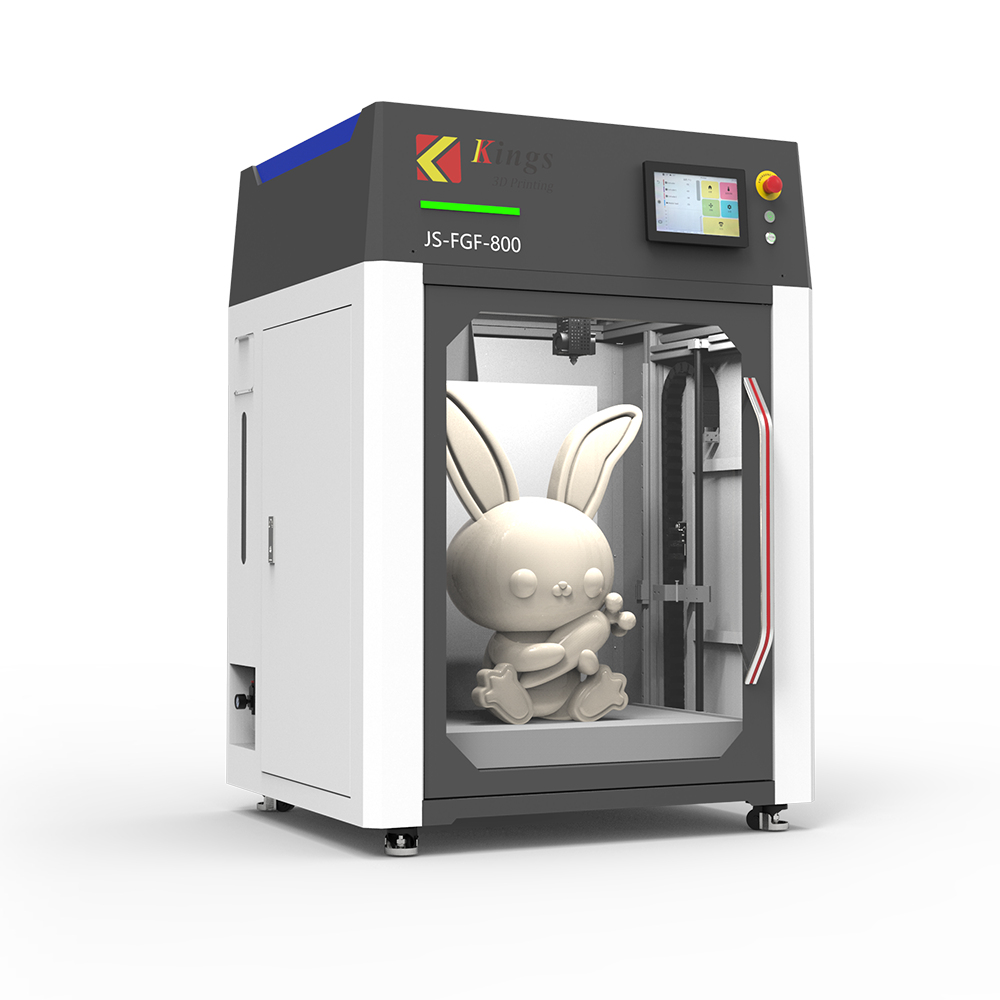As we may be aware, in the biomedical field, 3D printing technology is used in the creation of surgical planning models and the customisation of rehabilitation medical devices. There is no denying that the practice of 3D printing in medicine is making a difference to patients and the medical industry. Here we present you with some newly developed technologies to open your eyes. 3D printing in biomedicine can create many objects that save human lives.
Research models
Medical models for research are important for conducting tests and drawing conclusions. During the treatment of New Crown Pneumonia this year, hospitals in Hunan printed models of the lungs of patients infected with New Crown Pneumonia for scientific research by healthcare professionals.
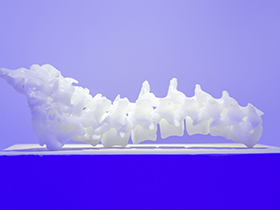
Sensing device
The study showed that the silicon device could be detached from a model printed using animal heart scans and could fit perfectly on a human heart. The study was carried out by researchers at Washington University in St. Louis. So far, the electronic sensors have been able to detect heart strain, oxygenation detectors as well as temperature.
Bespoke prosthetics
Those who cannot afford to have prostheses made by traditional methods can now have them, and with the help of 3D printing, they can be made precisely and at a lower cost.
Treating burn victims
A professor from the Institute of Regenerative Medicine has developed a 3D printer that deposits skin layer by layer directly onto the wounds of burn victims. Compared to traditional methods of treating burns with skin implants, this can greatly reduce the pain of treatment for patients.
Straightening teeth
Many dental clinics or laboratories make use of 3D printers to create models of patients' teeth. The 3D data needed to make the models can be collected by scanning the mouth directly. Dental 3D models can be used as moulds and assist in the production of crowns, dentures etc. using traditional methods.
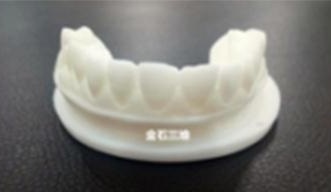
Printing medicines
The 3D printer's outstanding ability to assemble compounds at the molecular level allows the creation of biodegradable and biocompatible pharmaceuticals, offering advantages over traditional drugs. By adjusting the parameters of the printing process, one can alter the content, excipient composition and composition in the pharmaceutical agent, and thus the rate and amount of drug release, making the specific manufacturing process flexible and simple.
Medical devices
During the current epidemic, 3D printing has actively used its unique advantages to print masks, mask buckles, goggles, protective masks and other epidemic prevention equipment to help people be better protected during the epidemic.
Organ transplants
Organ transplantation is a critical surgical procedure. However, there is a problem worldwide where there is a significant imbalance in the donor to recipient ratio and patients have to wait a long time to find a donor match, which in many cases causes an emotional imbalance and a loss of hope in finding a match. Although it seems that the problem is currently insurmountable, 3D printing has inspired hope among researchers. Currently 3D printed liver cells have been successful, but are limited to a lifespan of 40 days. Although there is still a long way to go with 3D printed organs, this is where the research is currently heading.
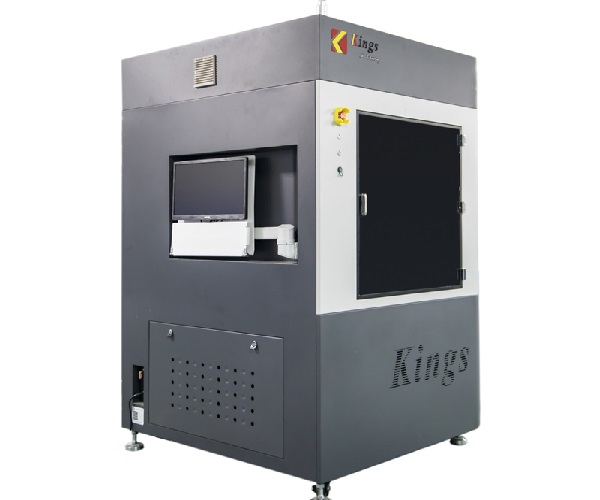
Expectations are rising further as 3D printing is already able to make a huge contribution to the medical field. We expect more new materials to emerge at a later stage, helping scientific research to develop even more. You can contact our experts here to get the suggeations.




